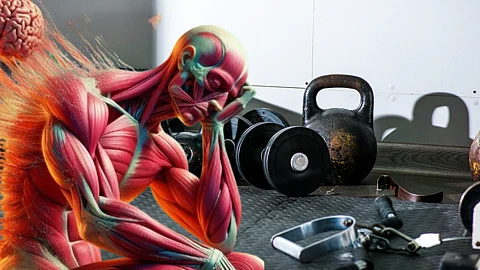Maintains performance
Dehydration decreases physical performance. Water is essential for maintaining energy levels, proper blood flow, and muscle function during exercise.
Regulates body temperature
Sweating helps to cool down the body. Without water, overheating, heat exhaustion, and even stroke can occur.
Prevents Muscle cramps
Sodium, potassium, and magnesium are electrolytes that help to maintain proper muscle functions. Dehydration causes a shift in electrolyte balance and leads to painful muscle cramps during and after exercise.
Heart Health
As the blood becomes viscous, pumping blood to various organs becomes difficult for the heart. Blood volume decreases when fluid levels are low. Therefore, the heart rate and strain on the heart increase.
Recovery
Hydration flushes out metabolic waste in toxins produced by muscles during physical exertion.
Rhabdomyolysis is a serious medical condition with potentially life-threatening complications if left untreated. Understanding rhabdomyolysis empowers individuals to protect their health and mitigate the dangers of this condition.
Incidences of exercise or exertion-induced stresses are rising in the younger generation, driven by the pursuit of the perfect body. Social media has intensified this quest for fame and validation. However, true success lies in health and well-being, not fleeting attention. Don't let the spotlight or limelight dim your inner strength and vitality for the long term. [3]


